

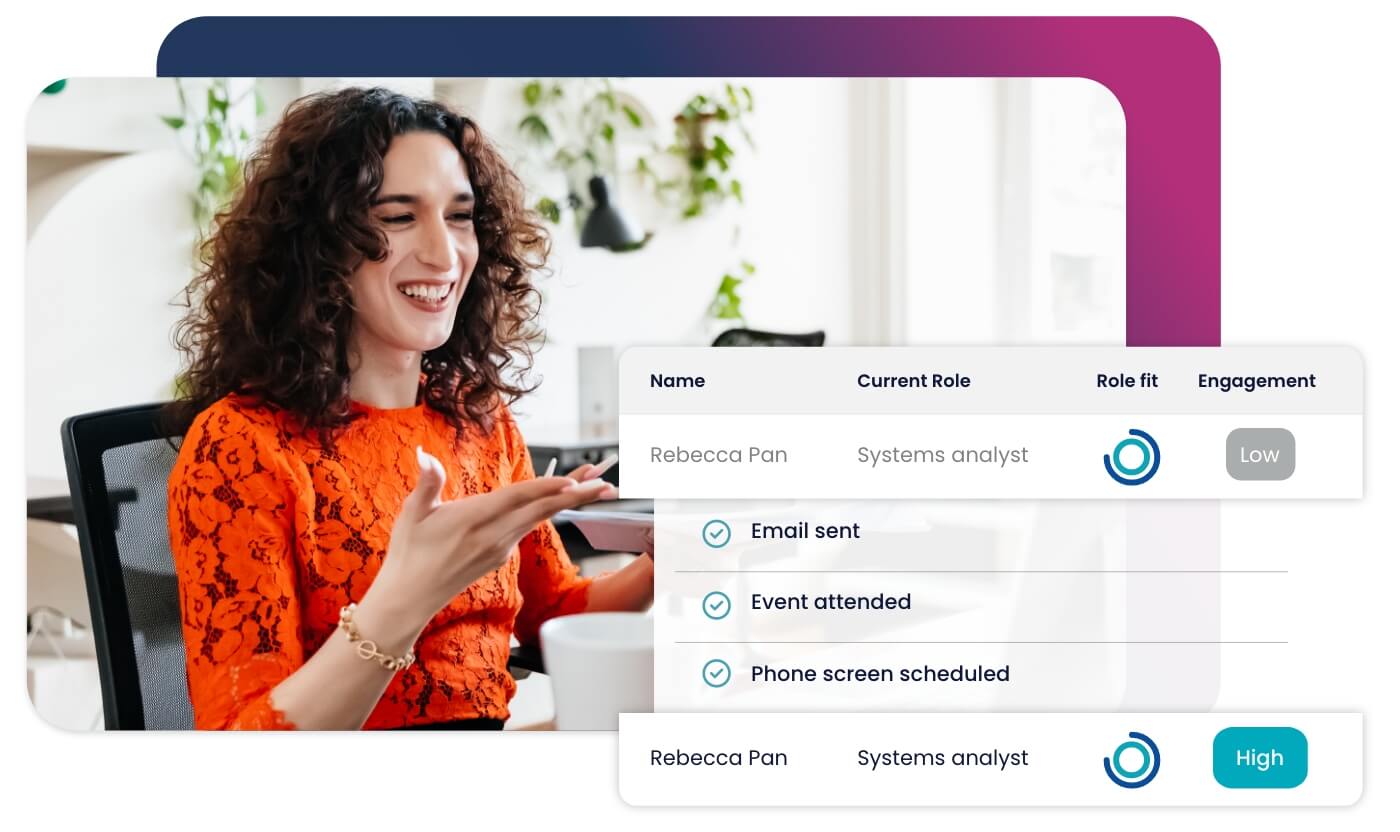
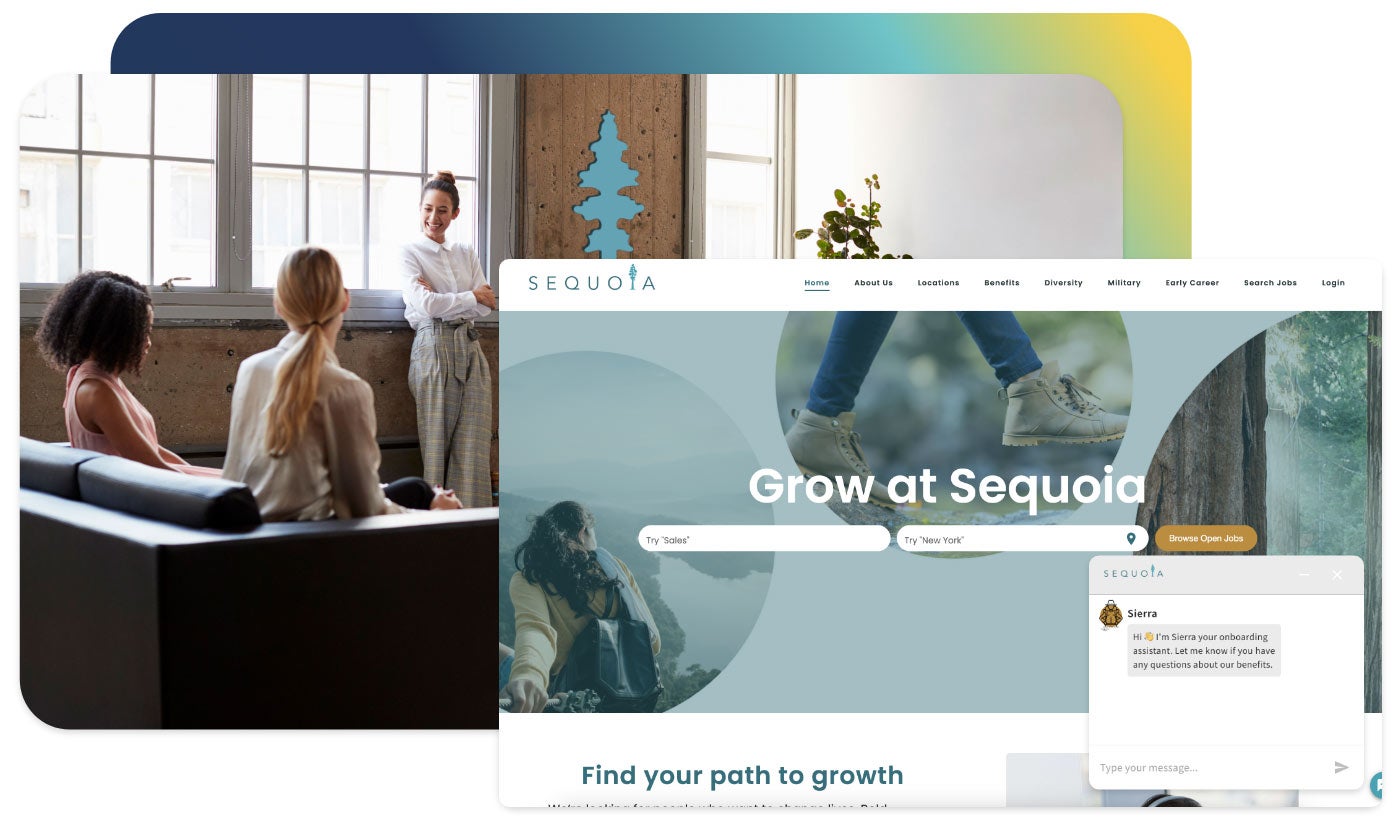


Accelerate hiring key talent to deliver care and exceed patient satisfaction.

Attract skilled candidates, speed up hiring and grow expertise in your workforce.

Simplify recruiting finance and banking talent with a platform for hard-to-fill roles.


Build a talent pipeline that engages and drives your business forward.


See how diverse and global enterprises use iCIMS to employ millions, drive innovation and connect communities worldwide.

Learn how a beloved restaurant hires 40,000+ annually with a great candidate experience.
Uncover unique market insights, explore best practices and gain access to talent experts across our library of content.


View press releases, media coverage, the latest hiring data and see what analysts are saying about iCIMS.

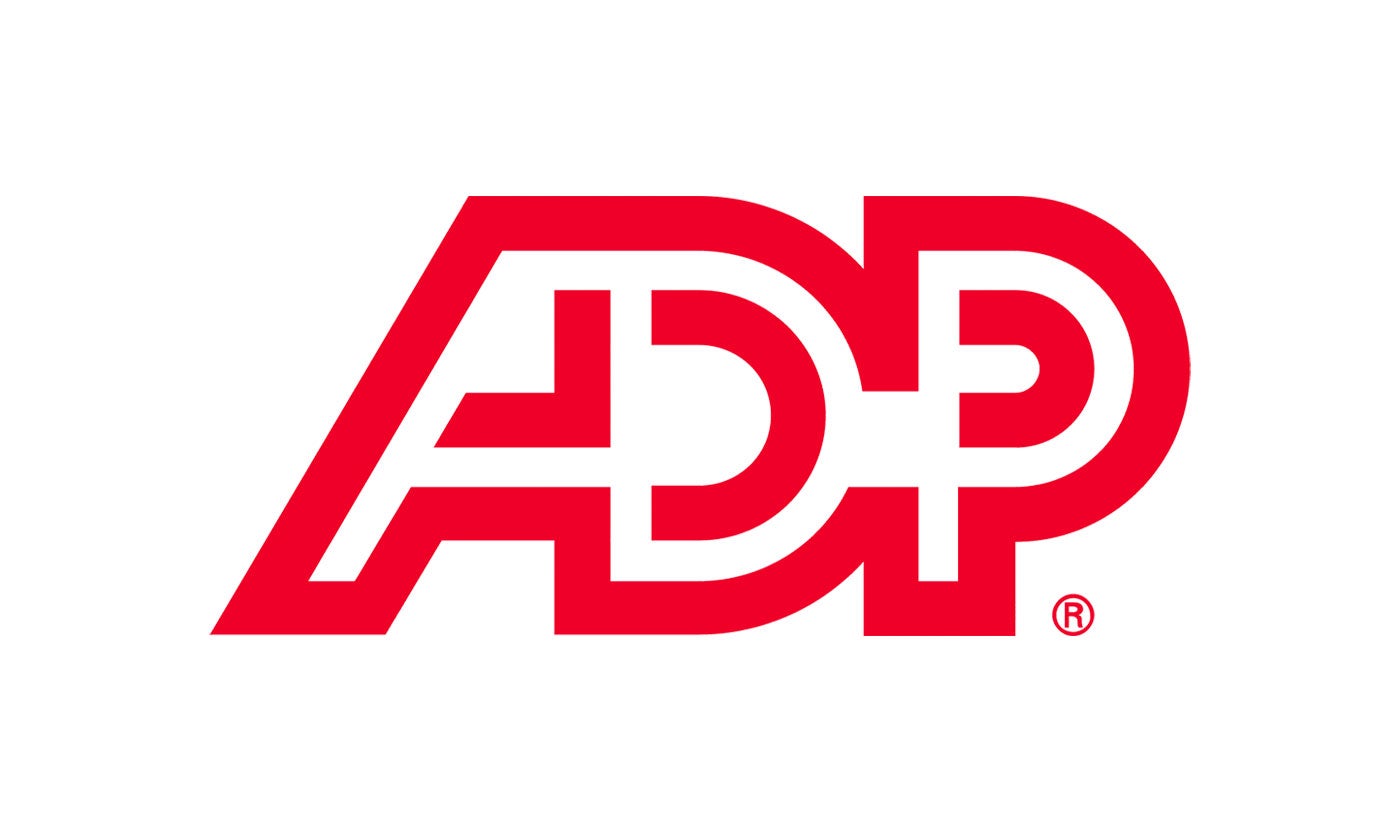
Streamline your tech stack and take advantage of a better user experience and stronger data governance with ADP and iCIMS.
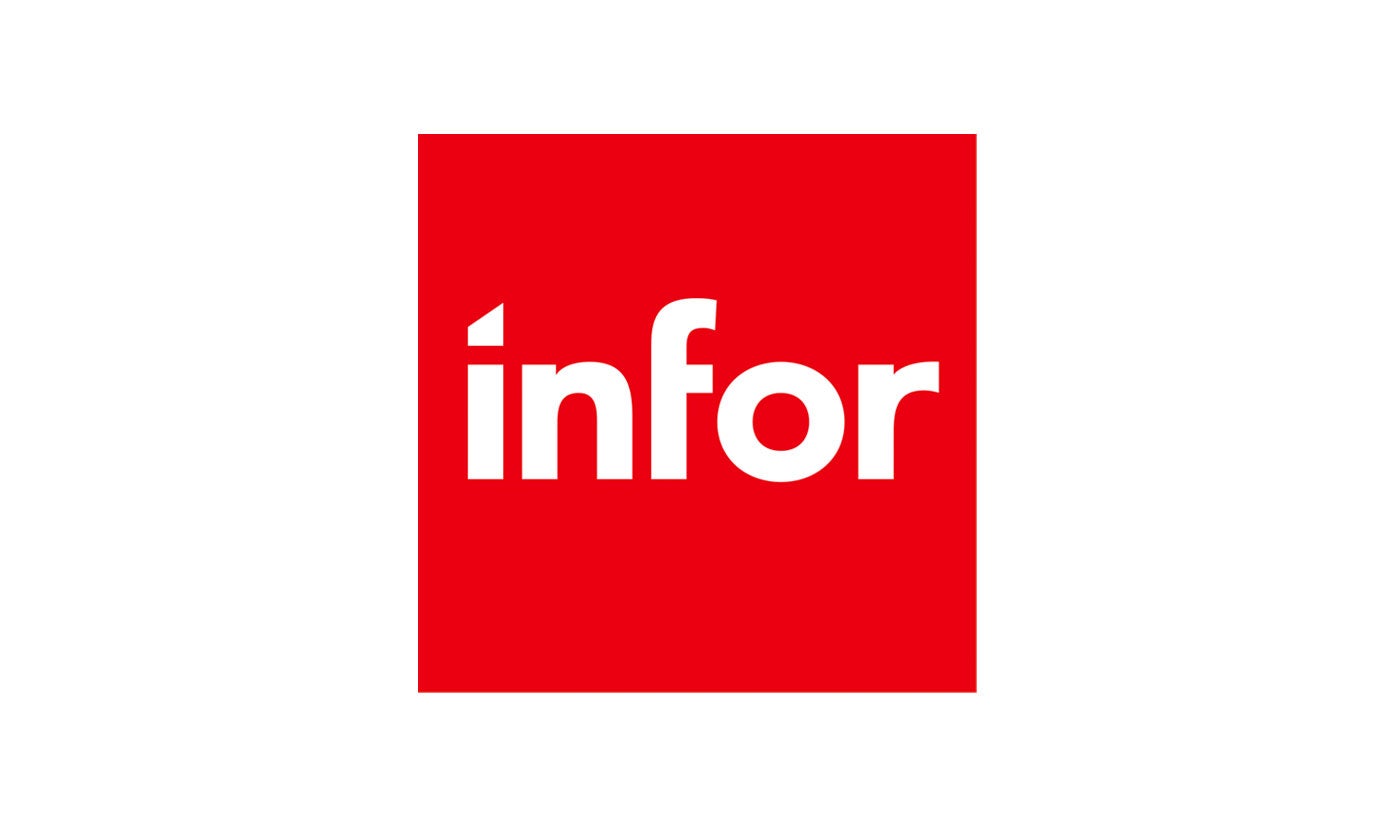
The combined power of iCIMS and Infor helps organizations strategically align their business and talent objectives.
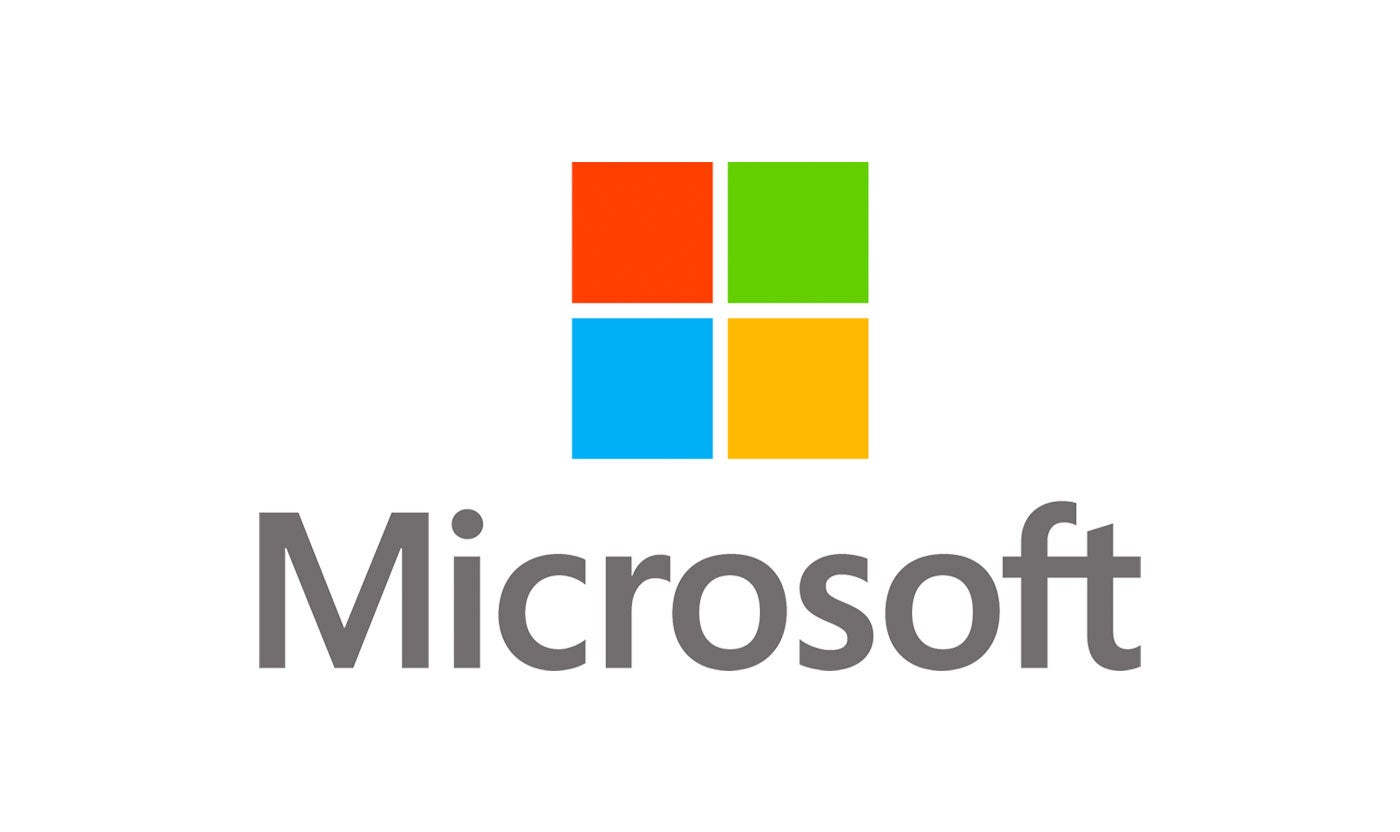
Our award-winning partnership with Microsoft is grounded in a shared desire to transform the workplace and the hiring team experience.
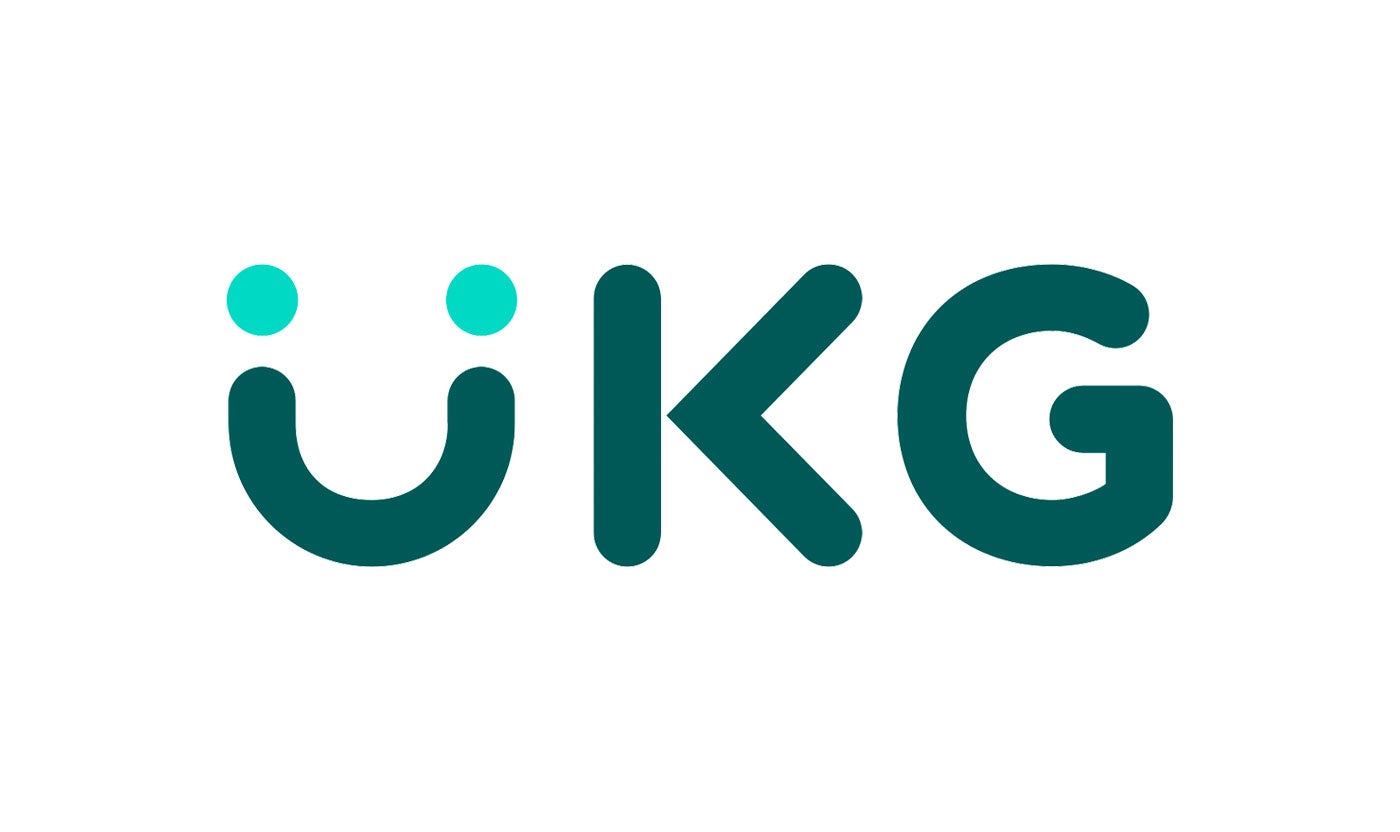
Our partnership with Ultimate Kronos Group (UKG) supports the entire talent lifecycle by bringing frictionless recruiting solutions to UKG Pro Onboarding.

Behind door #1 are five strong, qualified candidates who are excited to work for your company. Behind door #2 are 30 candidates we found wandering around the lobby. They may or may not be qualified or even interested in the job. They wandered in of their own accord; quite frankly, we don’t know much about them.
Which door do you choose?
If you said door #1, chances are you already understand the value of pre-screening candidates.
Pre-screening saves you time by weeding out bad fits before they make it to the interview stage. It’s designed to narrow the field, eliminating candidates who, for a variety of reasons, aren’t qualified or likely won’t make the cut anyway. By pre-screening, you can be reasonably sure the candidates you decide to interview understand the job and its requirements and are worth investing more of your time.
That’s the simplified version. But how does pre-screening work exactly? What do we ask? Read on as we explore different kinds of pre-screening interview questions to ask, along with a few different ways to ask them.
Dealbreaker questions – sometimes called housekeeping questions – aren’t really about getting to know a candidate. They’re about eliminating bad fits.
That may sound tough, but it’s necessary. Dealbreaker questions ensure everyone is on the same page and comfortable with the terms. Asking them isn’t about discarding candidates you don’t like; it’s about respecting your time and theirs.
You’d hate to interview a rockstar candidate only to find out she isn’t happy with the salary or that he isn’t willing to travel when that’s a core component of the job. You can avoid this by asking the right pre-screening interview questions.
Dealbreaker questions ensure they know and understand the role they applied for. Typically, there is only one correct answer, at least in terms of moving forward.
Here are a few examples of dealbreaker questions to ask when pre-screening candidates:
Note: make sure the dealbreaker questions are actually dealbreakers. Otherwise, you may inadvertently exclude qualified candidates for arbitrary reasons. For example, many jobs that once required being in office are now able to be done remotely or as a hybrid between remote and in-person.
Just because a candidate understands the role doesn’t mean they’re a good fit. Competency questions address a candidate’s skills, qualifications, and experience.
Keep these role-specific and straightforward. You’ll have a chance to go into more detail if your candidate makes it to an interview. For now, the goal is to gauge baseline skills and how well your candidate communicates.
Notice that competency questions are more open-ended than dealbreaker questions. Here are a few examples of competency questions to ask when pre-screening candidates:
As we discussed above, pre-screening is mainly about saving time. This means disqualifying bad fits and investing time into those with the baseline skills and experience needed.
There are a few ways to get there:
Ready for more?
Check out How to improve your recruitment team’s performance for ways to avoid common hiring bottlenecks and improve productivity.




